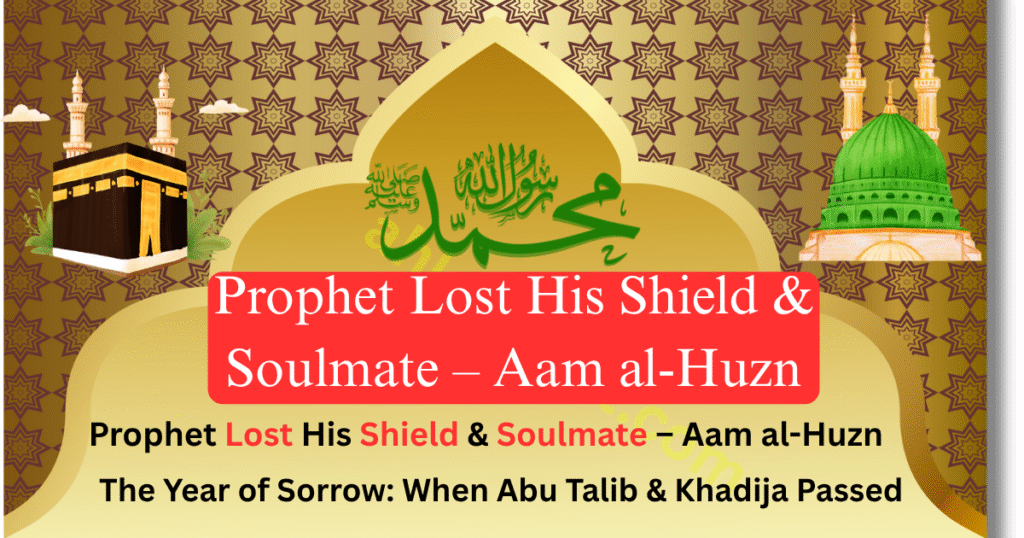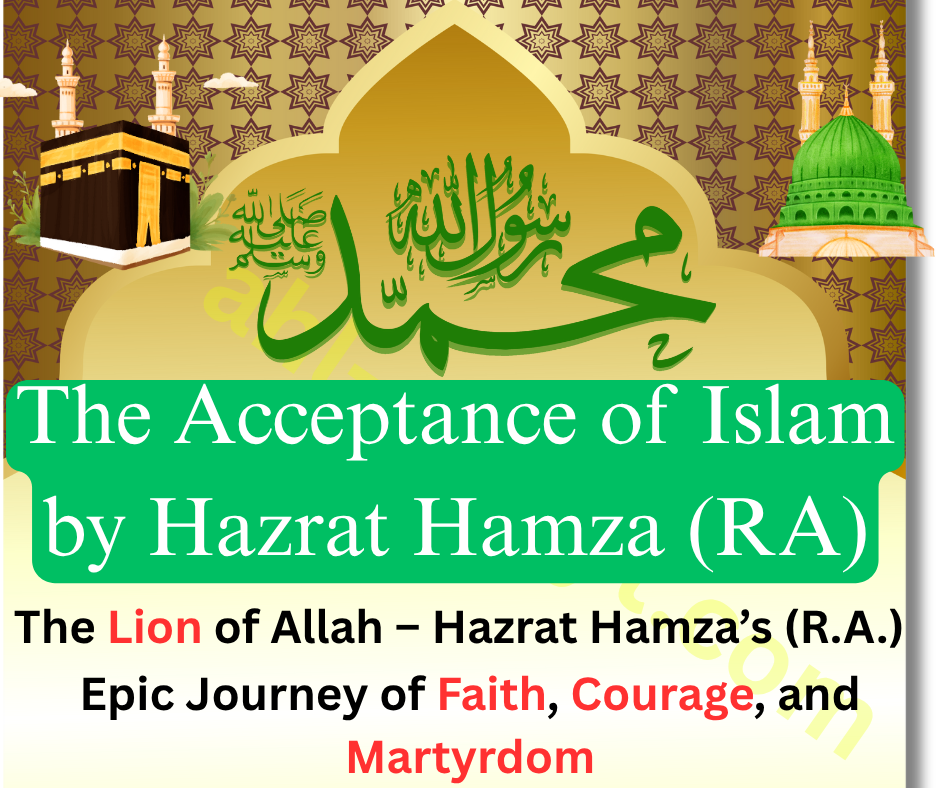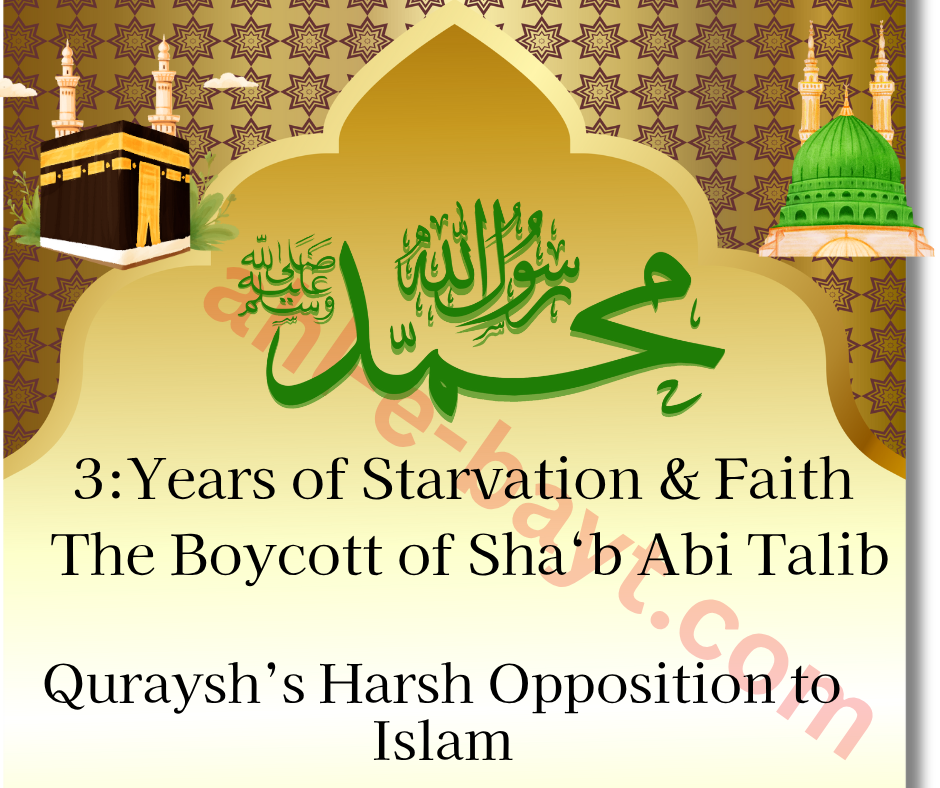Lineage of Prophet Muhammad SAW
 Lineage of Prophet Muhammad SAW and Historical Background of Makkah
Lineage of Prophet Muhammad SAW and Historical Background of Makkah
The Lineage of Prophet Muhammad SAW is a reflection of honor, nobility, and divine wisdom. He was not born randomly; Allah chose for His final Prophet a lineage of truth, leadership, and dignity that was well respected even before the message of Islam began.
 Noble Lineage of Prophet Muhammad SAW
Noble Lineage of Prophet Muhammad SAW
The Prophet Muhammad saw belonged to the Quraysh tribe, specifically the noble clan of Banu Hashim, known for their service to the Kaaba and their honesty. His family was not the wealthiest, but they were among the most respected.
His full lineage is traced back to Adnan, and through him, to Prophet Ismail (a.s.), son of Prophet Ibrahim (a.s.). This fulfills the long-standing prayer of Prophet Ibrahim:
“Our Lord, raise up in their midst a Messenger from among them…”
(Qur’an – Surah Al-Baqarah 2:129)
The genealogical line is as follows:
Muhammad ibn Abdullah ibn Abdul Muttalib ibn Hashim ibn Abd Manaf ibn Qusayy… ibn Adnan.
This connection to Prophet Ibrahim and Prophet Ismail reinforced Muhammad ﷺ’s credibility in Arab society and among followers of previous scriptures.
 Makkah Before Islam – A Historical Overview
Makkah Before Islam – A Historical Overview
Before the arrival of Islam, Makkah was already a center of religious, social, and commercial activity. The Kaaba, built by Ibrahim and Ismail (a.s.), was surrounded by 360 idols and had become a place of polytheism.
Despite spiritual corruption, Makkah held unique influence due to:
Its central location on trade routes
The Kaaba drawing pilgrims from across Arabia
The Quraysh tribe maintaining authority and safety of travelers
However, Arab society was marked by tribal warfare, injustice, and inequality. Women were oppressed, orphans neglected, and moral values were declining.
 The Quraysh and Banu Hashim’s Role
The Quraysh and Banu Hashim’s Role
The Quraysh tribe had control of the Kaaba and played a dominant political and religious role. Among them, the Banu Hashim clan stood out for their leadership and integrity.
Banu Hashim was responsible for:
Providing food and water to pilgrims
Hosting the poor and travelers
Defending the sacred house (Kaaba)
Even enemies of the Prophet ﷺ admitted that he came from the best lineage. This honor made people listen to him even when they opposed his message.
 Social and Religious Conditions in Arabia
Social and Religious Conditions in Arabia
Arabia before Islam was known as the time of Jahiliyyah (ignorance). Some of the key features included:
Idolatry: People worshipped idols like Hubal, Lat, and Uzza.
Tribalism: Wars were fought over pride and revenge.
Moral Decline: Infanticide, especially of daughters, was common.
Disrespect for the weak: Slaves and orphans had no rights.
Yet, among this chaos, Allah was preparing a man who would change the course of human history.
 Why the Lineage of Prophet Muhammad SAW Matters
Why the Lineage of Prophet Muhammad SAW Matters
Trust and Leadership: Arab society valued lineage. His background gave him credibility and respect.
Connection to Previous Prophets: Linking to Ibrahim (a.s.) gave religious significance to his mission.
Fulfillment of Prophecy: People of the scriptures were expecting a prophet from among the descendants of Ismail.
Moral Legacy: His forefathers were known for generosity, honor, and justice.
Understanding this background enriches our understanding of why Allah chose Prophet Muhammad ﷺ to be the Seal of Prophets.
 Conclusion
Conclusion
The Lineage of Prophet Muhammad SAW and the pre-Islamic background of Makkah are essential for understanding the beginning of Islam. His noble ancestry and the spiritual decay of his surroundings highlight the greatness of his mission and message.




